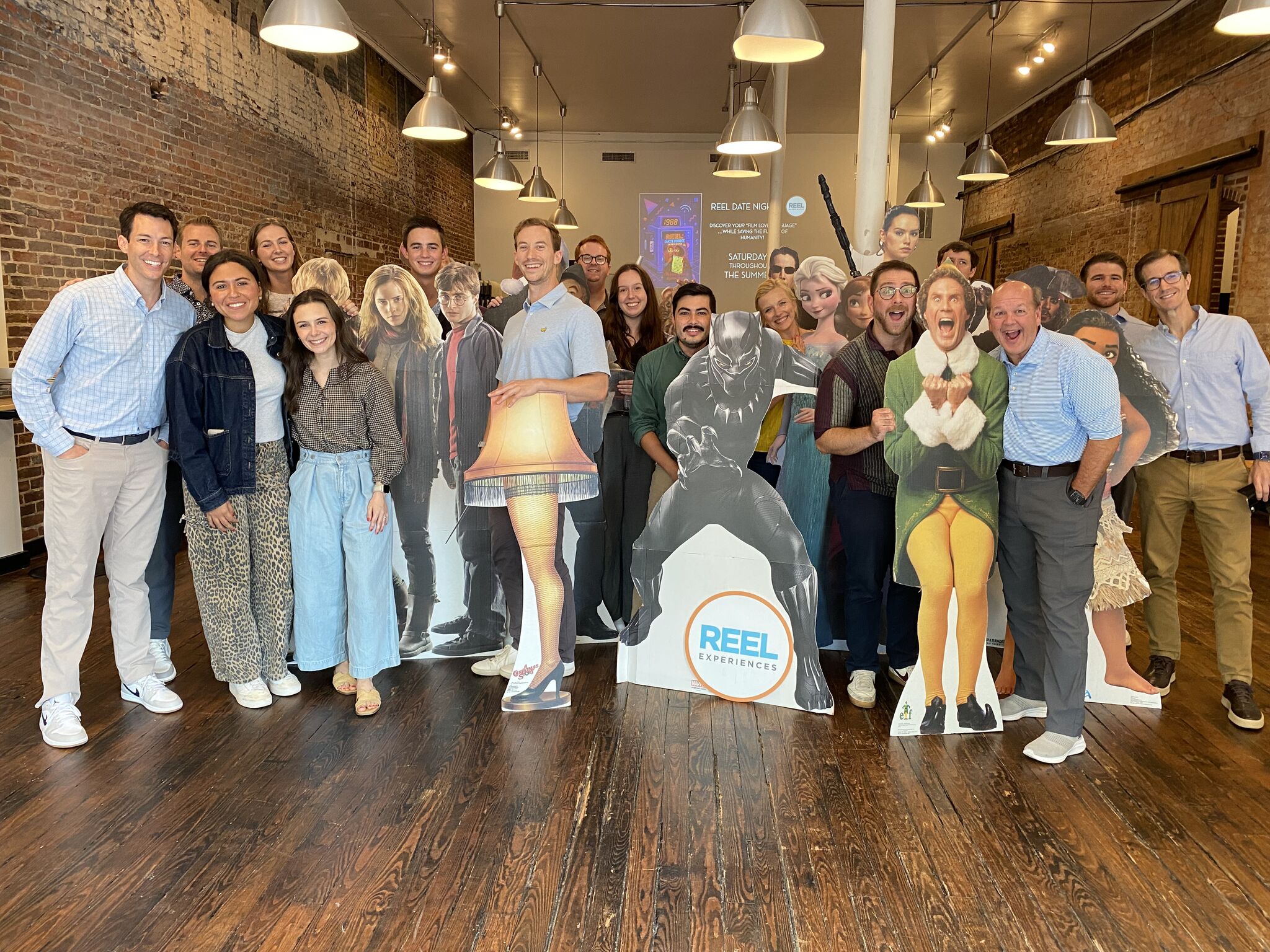“Wisdom is the principal thing; therefore get wisdom: and with all your getting, get understanding.”
- Proverbs 4:7
In my position, I often have the privilege of speaking to very accomplished and successful people, and most of time, these audiences are made up of people quite a bit older than I am.
Before one speaking engagement, I remember being distracted by a man sitting at the front table of the room. He sported a stern scowl on his face, kept his arms crossed, and shifted uneasily in his seat as he looked over at me. His gray hair suggested years of life experience, and I felt like he was sizing me up, seeing right through my youth, and pre-determining not to be impressed by my talk.
Minutes before I was introduced to speak, I noticed this man barreling toward me. “You’re the keynote speaker?” he asked. I nodded affirmatively.
“What in the world can you teach me?” he blurted out. “I have pairs of underwear older than you!” I was stunned. All I could do was think, I hope you’re not wearing them now.
Not exactly the best pep talk I’ve ever had, but I tried to clear the distraction out of my mind and determined to give my best, anyway.
After the speech, he was the first one who approached me. I’ll never forget his words, “Wow, I really didn’t think there was anything I could learn from you today… but I did.”
This interaction shocked me, but I left this auditorium pleasantly surprised and encouraged. A lot of the things I share at these speaking engagements are things that I’ve learned from people that are older and wiser than I am, and I understand that I wouldn’t have anything valuable to share if I didn’t take the time to seek wisdom.
I still have so much to learn, but here are three steps I take to glean wisdom from other people.
1. I actively seek it out.
I intentionally place myself in positions and opportunities where I can glean wisdom from other people. For example, I prefer to attend church with older people, so I can grow and learn from those have walked through more life than I have. I also try to seek wisdom from great books, podcasts, videos, and blogs from people I respect and trust. I find that I most actively seek wisdom when I am tired of trying to be a “know-it-all.” I don’t know it all. It’s much more freeing and beneficial to surround myself with people who know more than I do.
2. I ask the right questions.
Once I have surrounded myself with people I want to learn from, I ask them questions. So much wisdom comes from simply asking good questions. For example: What happened to bring you here and why? Why did you make that decision? Why did you choose to do that? What was the result?
3. I apply what I have learned.
Seeking wisdom is a complete waste of time if it stays in your mind. When wisdom moves from your head to your hands and you apply what you have learned, it has a profoundly positive impact on your life and the people around you.
To gain wisdom, actively seek it out, ask the right questions, and apply what you learn.
This week, take some time to think about ways you can actively seek wisdom in your daily life.
Ask yourself the following questions:
- From whom do I glean wisdom?
- Do I ask intentional questions, and do I seek to learn from other people’s experiences?
- How do I apply the things I learn to my actions and decisions?

























.svg)




